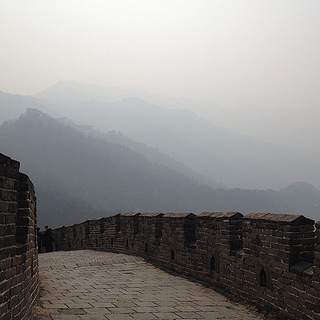
China is suffering an environmental crisis, and it’s become a health hazard. Using social media, young activists are now disseminating shocking photos and information. Through their lenses, we see Beijing’s air, thick with smog, and rivers lined with hundreds of rotting animal carcasses. For Chinese and world citizens, it seems clear these environmental problems can’t be ignored, and protests have sprung up across China, especially on its Eastern seaboard. In an interview in Dissent Magazine, Jeffery Wasserstrom asks Duke anthropologist Ralph Litzinger to discuss China’s new environmental movement.
One of Litzinger’s most interesting research findings is that there is a major class discrepancy in reacting to the environmental issues:
Much of the publicity about deteriorating air conditions came from a new kind of middle-class activist citizen who took to the streets to monitor the air, posting findings and images on weibo (the Chinese version of Twitter) and other social networking platforms. […]But head out into the outer rings roads of Beijing, where the poorest of Beijing’s migrants and residents live and work, and you experience a very different situation. You see fewer people wearing masks, and hear much less complaining about the air. It is not that migrant and urban fringe communities in Beijing don’t care about health and environmental issues; it is just that they haven’t received the same kind of attention that the middle-class urban resident has received.
In China, the middle and upper classes are able to assess their environmental situation and adapt. They may shop for organic foods, build protection from the poisonous air, stay home from work or school on bad air days, or even leave the country. The poor are merely left to brave their new, toxic environment—at least until their richer countrymen make major changes.

Comments 1
Friday Roundup: June 21, 2013 » The Editors' Desk — June 21, 2013
[...] “Class and Climate in China,” by Andrew Wiebe. Where smog isn’t really a #firstworldproblem. [...]